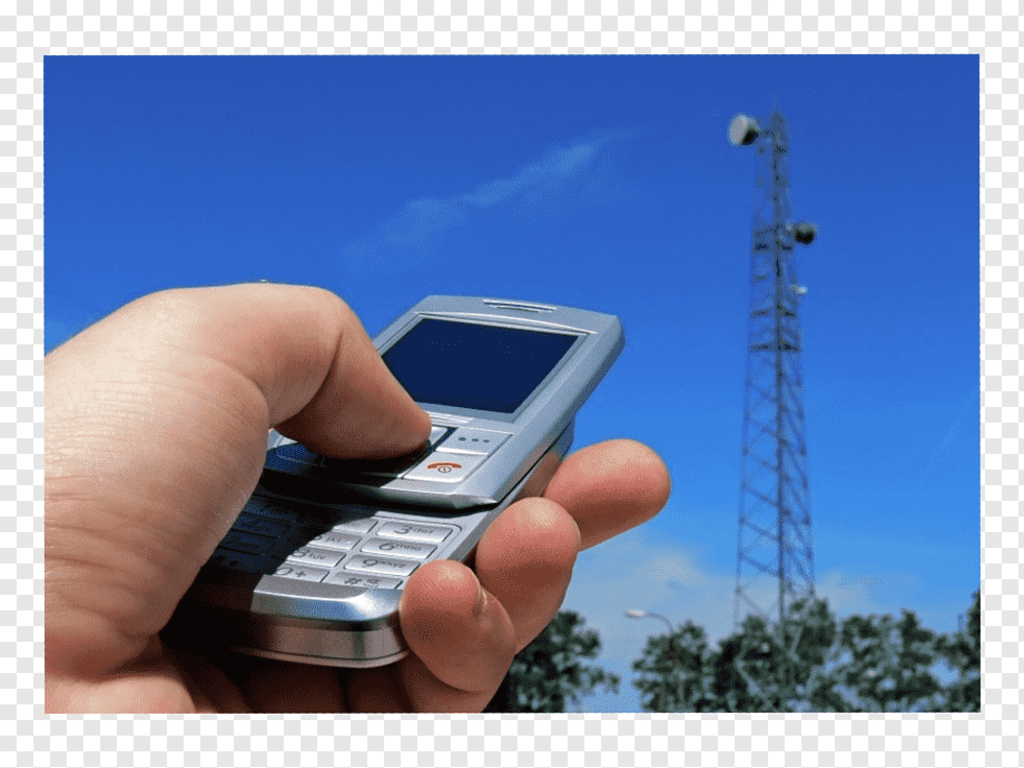Jamming devices are strictly prohibited in Canada and violate sections 4, 9, 10, and 15.1 of the Radiocommunication Act, leading to legal offenses and penalties. Avoid using these illegal jamming devices to ensure compliance with Canadian law. End mark.
- Jammer Definition & Uses
- Why are Signal Jammers Banned in Canada? Illegal Usage!
- Exceptions to Signal Jamming?
- Consequences of Jammer Rule Violations: What You Need to Know
- What to do if you suspect jamming of your communications?
- Radar Detector Laws in Canada: Legal Guidelines
Jammer Definition & Uses
A jammer is a device designed to transmit, emit, or radiate electromagnetic energy, intentionally disrupting or blocking radiocommunication signals and services. Commonly marketed as mobile phone jammers, signal silencers, or blockers, these devices pose a serious threat to the integrity of wireless communication systems. Defined by law in section 2 of the Act, jammers are illegal and their use can result in significant consequences. Understanding what a jammer is and its potential impact is crucial for maintaining the security and reliability of our communication networks.
Why are Signal Jammers Banned in Canada? Illegal Usage!
Moreover, jammers can disrupt safety-critical radiocommunication systems, such as navigation systems in aircraft, ships, and trains, potentially leading to accidents and disasters. Additionally, they can cause harmful interference to other radio systems, compromising their functionality and reliability.
Due to these significant risks, subsection 4(4) of the Canadian Radiocommunication Act explicitly prohibits the installation, use, possession, manufacture, importation, distribution, lease, offer for sale, or sale of jammers in Canada. Subsection 9(1)(b) of the Act further prohibits any interference with or obstruction of radiocommunication without ministerial exemption.
Exceptions to Signal Jamming?
Fortunately, the law provides a mechanism for such exceptional cases. Entities that have a legitimate need to use jammers for purposes outlined in the Act can seek an exemption from the Minister of Innovation, Science and Industry. This exemption process, outlined in subsection 14(1) of the relevant legislation, allows for a case-by-case assessment of each request, ensuring that only those with a genuine and compelling need are granted an exemption.
The Minister has the authority to exempt any person, class of persons, or entity from the application of specific provisions of the Act that prohibit the use of jammers. These exemptions are granted through Ministerial Orders and are subject to any terms and conditions that the Minister deems necessary. This ensures that even with an exemption, the use of jammers remains controlled and compliant with the law.
It’s important to note that not all entities will qualify for an exemption. Only those that meet the specific criteria outlined in the Act and demonstrate a legitimate need for jamming technology will be considered. Each request is carefully evaluated on its own merits, ensuring that the exemptions are granted only to those who truly require them.
Consequences of Jammer Rule Violations: What You Need to Know
For individuals caught engaging in illegal jammer activities, the fines can be substantial. A first-time offense can lead to a maximum penalty of $25,000, while subsequent violations can result in fines up to $50,000. This underscores the importance of adhering to the rules and regulations surrounding jammer usage.
Businesses and other entities face even steeper fines for breaking the law. A first-time offense can result in administrative monetary penalties of up to $10 million, while subsequent violations can lead to fines as high as $15 million. This underscores the need for businesses to ensure compliance with all relevant regulations to avoid hefty fines and potential legal entanglements.
To ensure compliance with the regulations surrounding jammer devices, it is crucial to understand the consequences of breaking the rules. By staying informed and adhering to the law, individuals and businesses can avoid the significant fines and other enforcement measures that may result from illegal jammer activities.
What to do if you suspect jamming of your communications?
If you believe your communications are being jammed, here’s what to do. First, troubleshoot your connectivity issue using your equipment manufacturer’s and/or communications service provider’s recommendations. If the issue persists and you suspect a jammer is at fault, contact your nearest ISED district office. We’re here to help ensure your communications remain secure and uninterrupted. Don’t hesitate to reach out if you need assistance. Let’s work together to protect your communications from unauthorized jamming.
Radar Detector Laws in Canada: Legal Guidelines
To ensure you stay within the legal boundaries, click on the links below to read the specific laws of each territory/province. Here, we delve deeper into the radar detector laws of each Canadian province and the acts that enforce them. Continue reading our comprehensive guide to gain a thorough understanding of the Royal Canadian Mounted Police’s Radar Detector Units and the potential fines involved.
The Royal Canadian Mounted Police (RCMP) has jurisdiction over all Canadian roadways and possesses a fleet of police vehicles equipped with Radar Detector Detector Units (RDDU). These advanced devices are designed to effectively detect the presence of radar detectors being used in vehicles. Section 135 of the National Highway Traffic Act grants RCMP officers the authority to stop, enter, and search any motor vehicle they have reasonable grounds to believe is equipped with a radar warning device. In provinces and territories where radar detector use is illegal, any devices found will be seized and destroyed.
Drivers caught using a radar warning device by the RCMP face a $150 fine, surcharge, and the forfeiture of their device. Moreover, the device will be destroyed to ensure it cannot be used again. It’s important to note that the RCMP takes radar detector laws seriously and enforces them rigorously to maintain road safety and traffic regulations.
